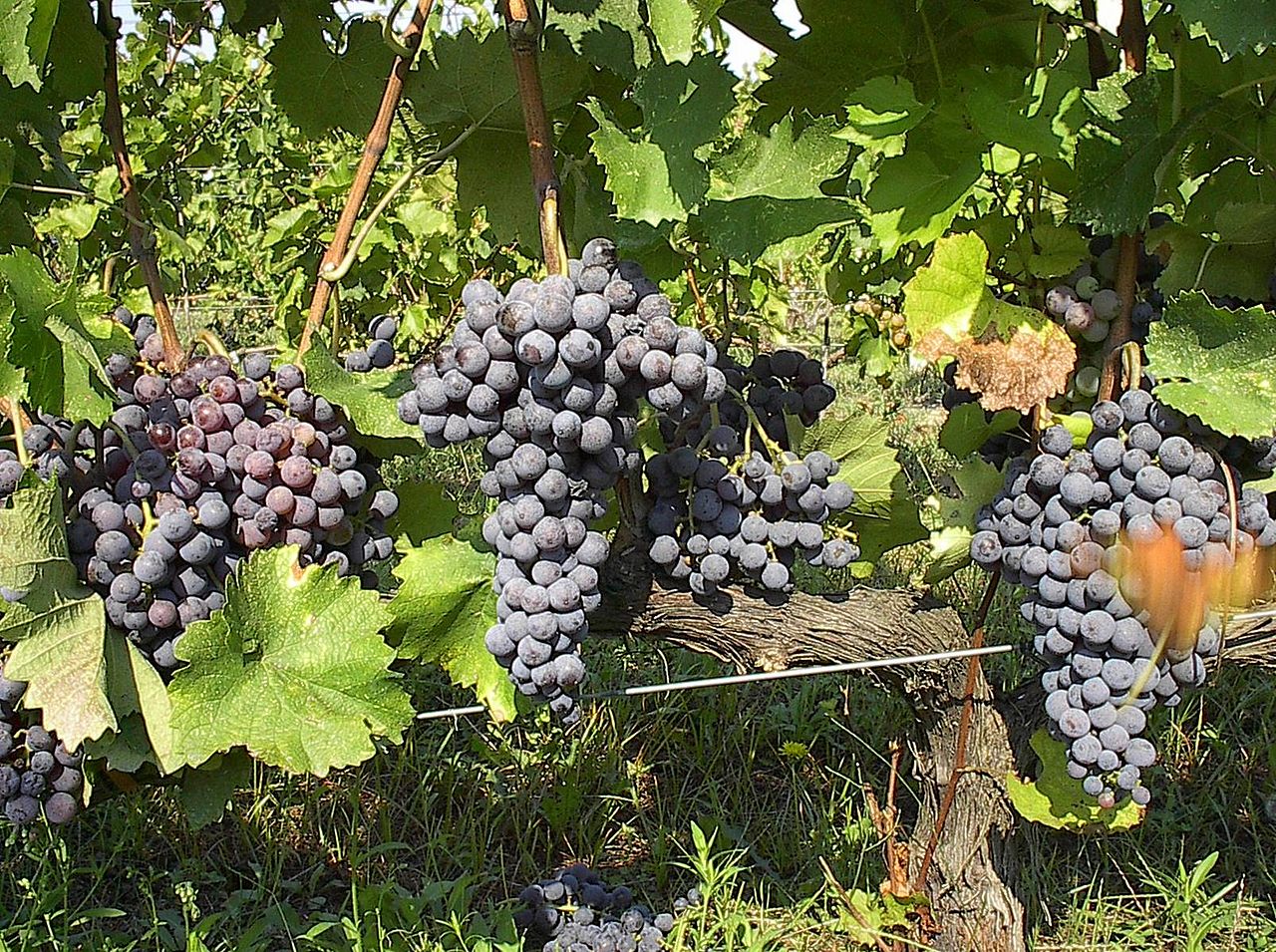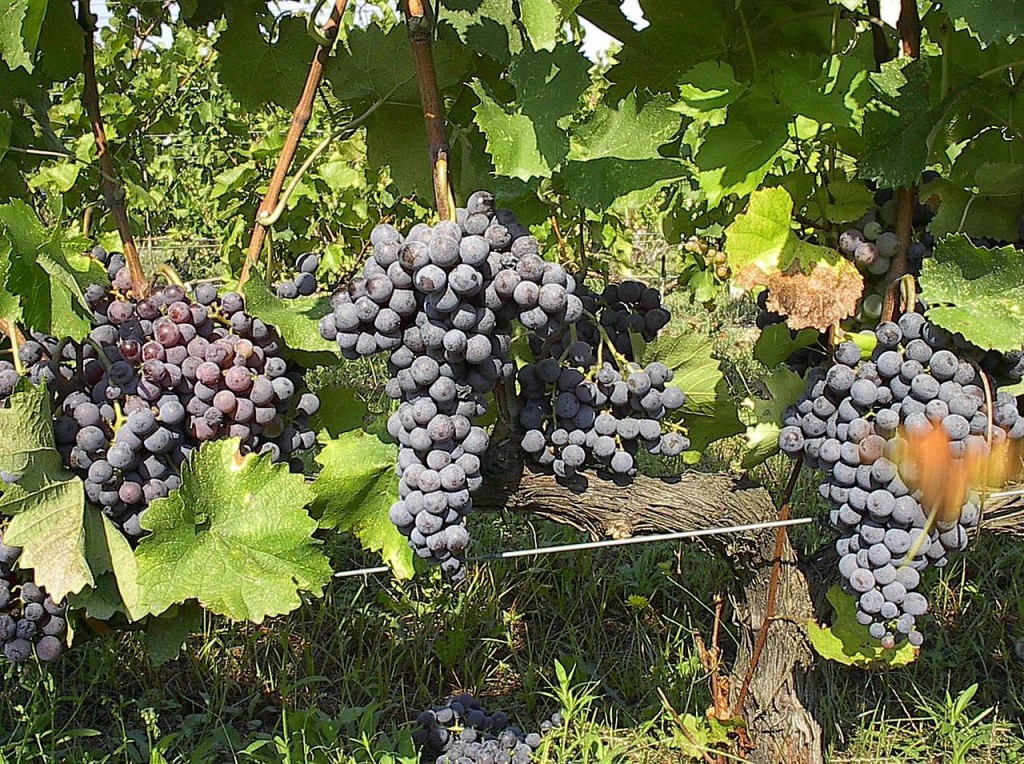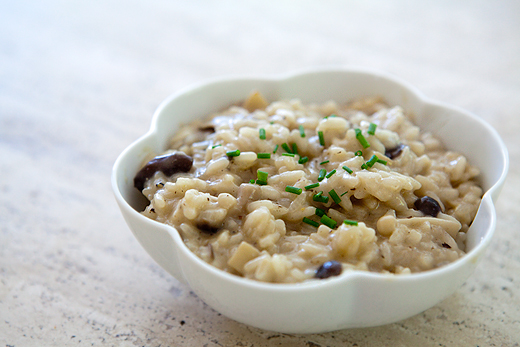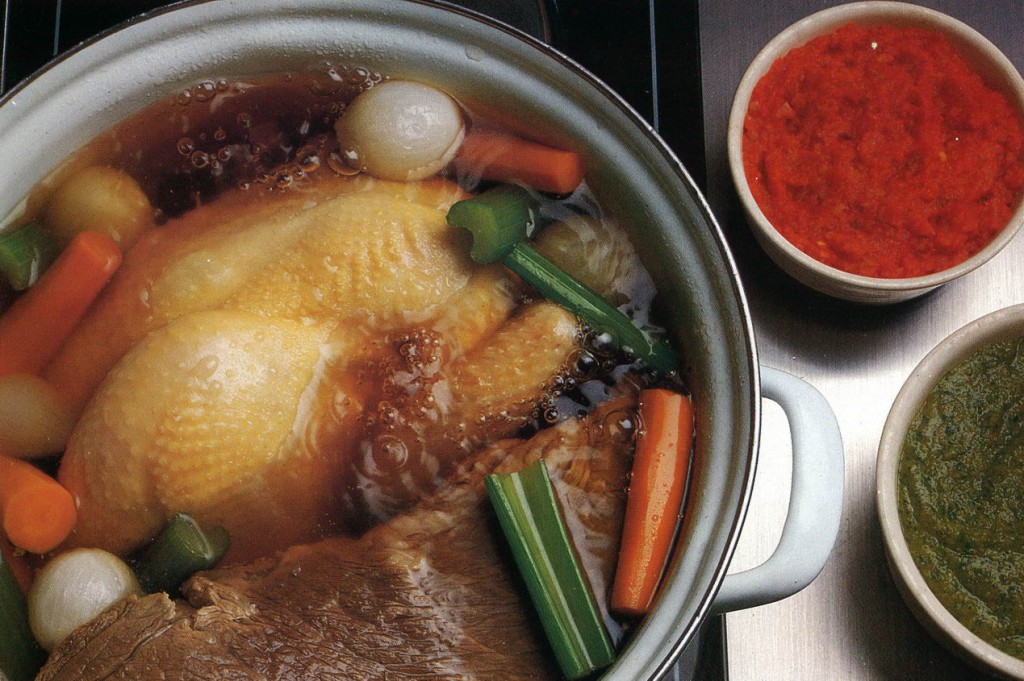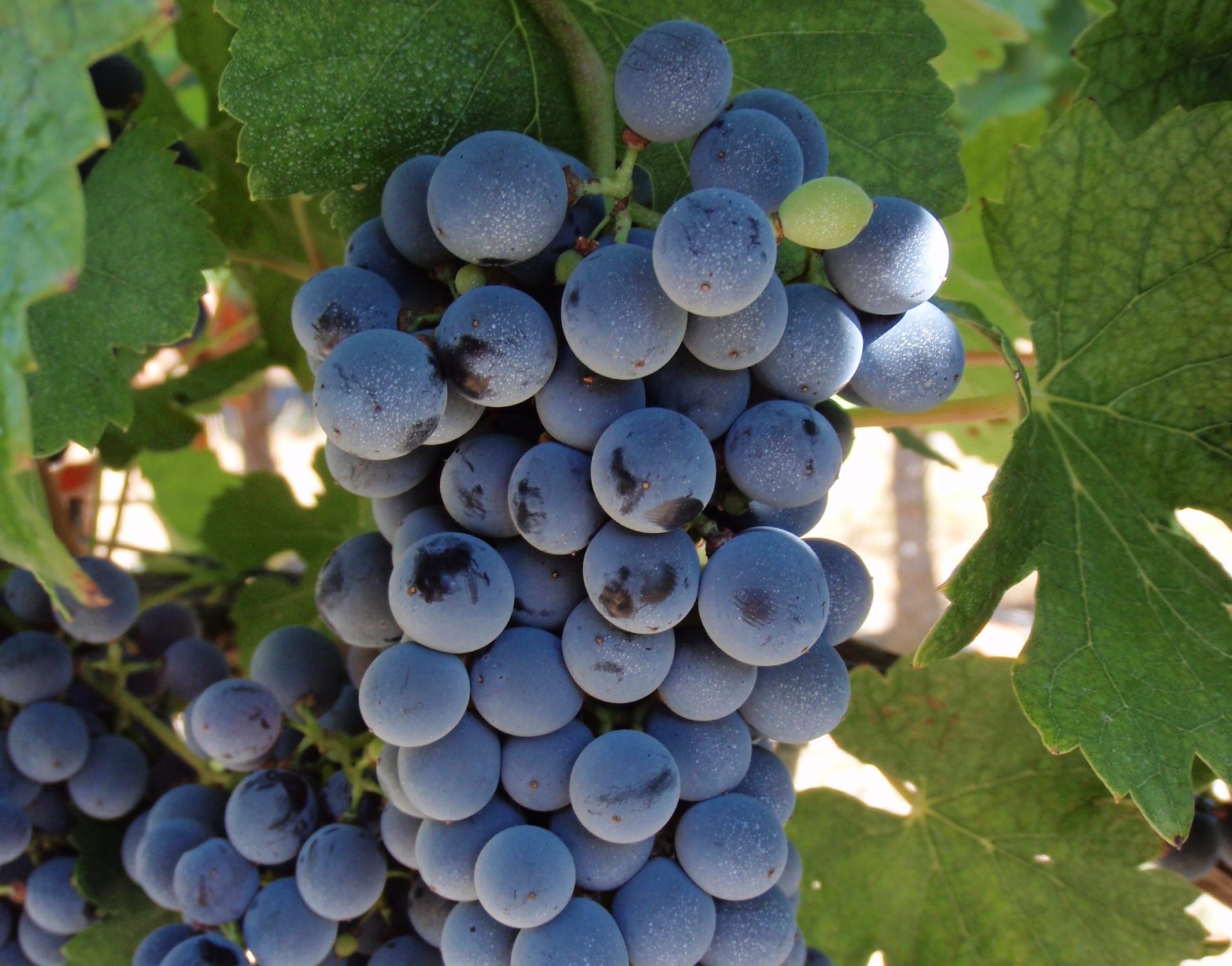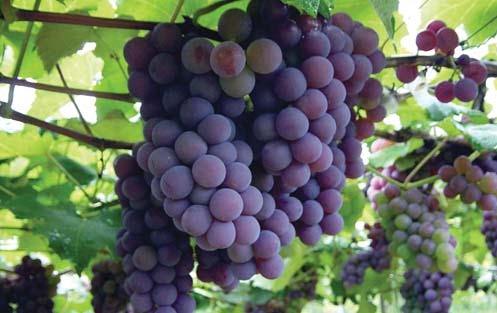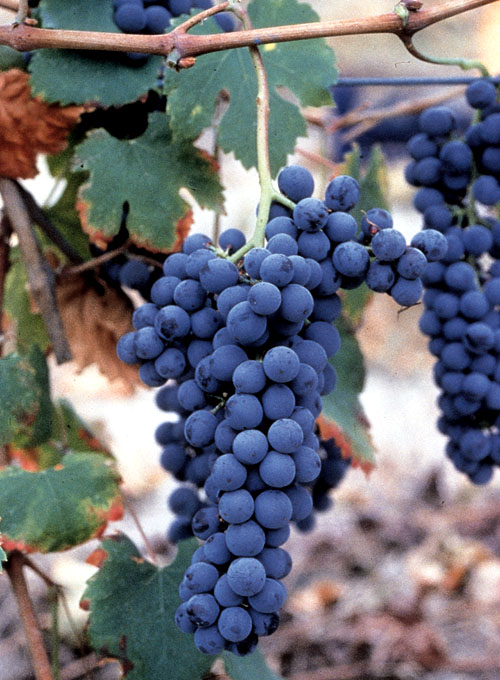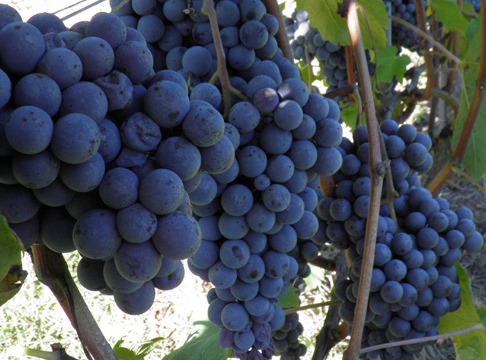By Jamie Drummond
Wherever one reads about the Greek Xinomavro varietal, native to the uplands of the Naoussa in Northern Greece, one invariably sees a reference to its similarities with the grape many consider to be the most noble in Italy, Piedmont‘s glorious Nebbiolo, the varietal responsible for both Barolo and Barbaresco. Abundant references to its commonalities with Burgundy’s undoubtedly noble Pinot Noir are also found, but that is a matter is for my next column.
Much like Nebbiolo, Xinomavro is a capricious devil in both the vineyard and the winery. But it is in the glass that the similarities between these two are even more apparent. Both grapes often produce wines that can be described as being in may ways angular due to their high acid and firm, assertive tannins. It is because of these parallels that we decided to experiment, pairing Greece’s Xinomavro with the gastronomy of Nebbiolo’s homeland Piedmont, arguably Italy’s most tradition-bound cuisine.
Despite the fact that Xinomavro pairs so well with tomato-based red sauces, due in no small part to the cherry tomato aromatics and flavours it can exhibit, in Piedmont we are really talking about rich, buttery white sauces. The predominant use of butter in cooking here is most befitting when one remembers that this region is so geographically close to the Grande Cuisine of France. The closer one looks at Piemontese cooking the more one can see a decidedly French influence at work, although saying that the region does have a number of traditional dishes that are completely independent specialities.
If there were one dish that typified Piemontese cuisine it would be Bagna Càuda, literally translating as “warm bath”, a dish similar in many ways to the Swiss/French fondue.
Raw, boiled or roasted spears of local vegetables such as cardoon, carrot, peppers, liquorice scented fennel, celery, cauliflower, artichokes, onions, and peperoni “quadretti,” square red bell peppers are communally dipped into a hot and delicious mixture of garlic, anchovies, olive oil, and butter. In certain parts of the region cream is preferred Around the famed town of Alba the favoured addition is more-often-than-not the exquisite white truffle. Interestingly enough, despite the French influences upon the food culture of the region, this is actually one of the very few dishes where garlic is utilised.
We were extremely interested to see how our lighter example of Xinomavro performed with this most traditional of Piemontese dishes, and were delighted to discover that the grape’s inherent acidity cut through the fat of the butter and cream to truly lift the dish to new heights.
The fields along the banks of the River Po are responsible for 3/5 of Italy’s entire rice production, so it could come as no real surprise to discover that Risotto plays a big part in the dinner menus of the region. Piemontese wild mushrooms are also a speciality, and so in certain gourmand circles porcini and ovoli are almost as prized as the mighty truffle. Tossed with Sage and butter these wild delicacies are mixed into the creamiest of Arborio rice grains to create a dish that positively screams Piedmont.
Much like many of the Nebbiolo wines traditionally served alongside this dish, the aged (5 years) Xinomavro we selected performed admirably, with the aforementioned vibrant acidity making light work of all that butter, and the delicate tertiary mushroom nuances in the wine echoing those more pronounced foraged flavours at the heart of this plate. A delightful match if one if careful with one’s application of salt throughout the preparation, as too much salt will bring Xinomavro’s fierce tannins to the fore.
Finally we arrive at the main course, the monumental creation that is the Bollito Misto, or “boiled meats”, a dish that requires so much time and expertise to prepare that it is extremely rarely eaten outside of restaurants. It is also a lot more appetising than it may sound. The Piemontese rendition of this Northern Italian speciality consists of an assortment of lesser-known cuts of beef (often tongue), veal, pork (often Cotechino), augmented by wild game, alongside a whole capon. These meats are gently simmered for up to four hours in an aromatic vegetable based broth. The meat is then thinly sliced and served from a grand silver cart and smothered in Piedmont’s special “bathing” sauces, or bagnetti: a pesto of parsley and anchovies, a red sauce of tomatoes and hot spices, and cogna, a chutney made from local pears and quince cooked in red wine.
Knowing how formidable Ximomavro is on its own turf when handling more strongly flavoured meats, it came as no real surprise to discover that this was a match made in heaven. Again I would warn against oversalting so as not to exaggerate the naturally tannic element of the wine, perhaps finding an aged bottle if possible, something where the tannins have softened somewhat.
All in all, we found Xinomavro to be a most splendid match for our exploration into the traditions of Piemontese cuisine. Piedmont’s own Nebbiolo obviously shares with our beloved Xinomavro so much more than simply having a predilection for being a tricky grape to successfully cultivate and make into wonderful wine. It was so heartening to see Xinomavro travel so well.
Next: Xinomavro and I travel to Burgundy

